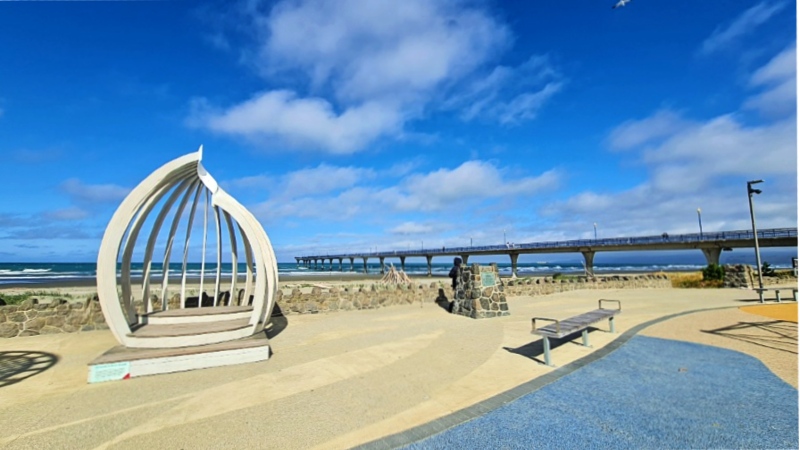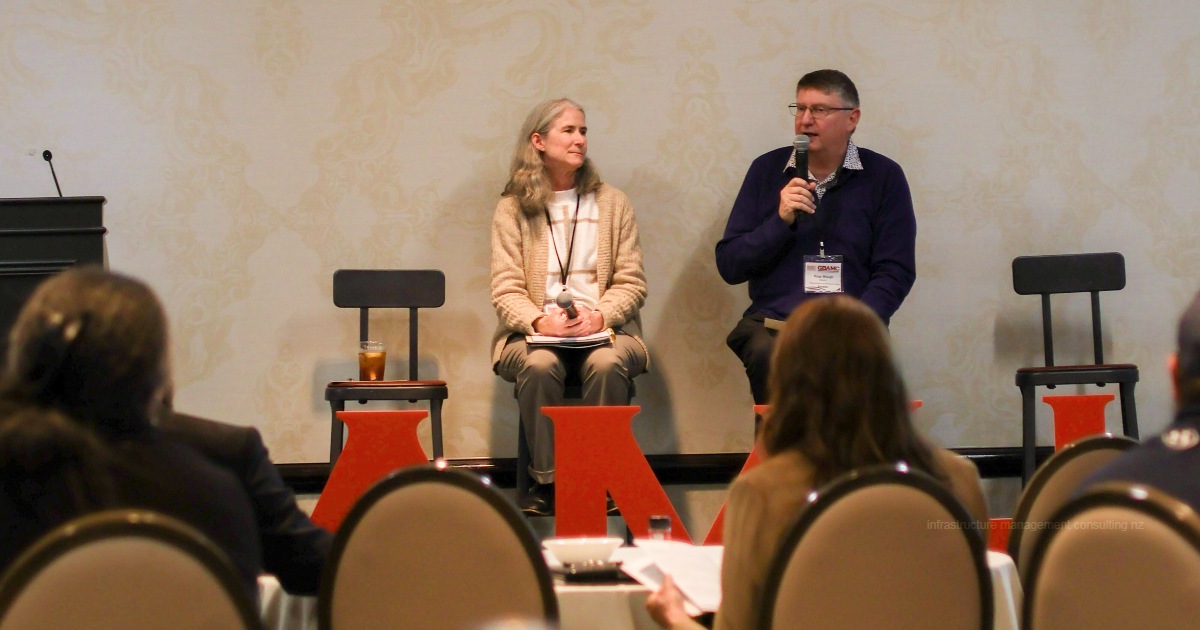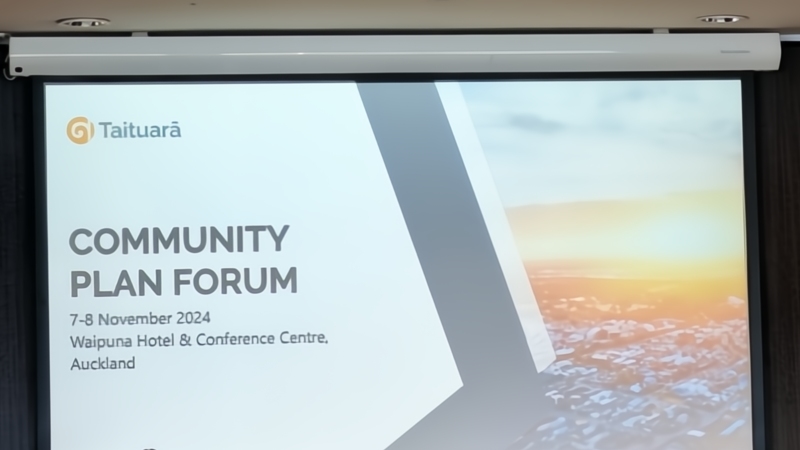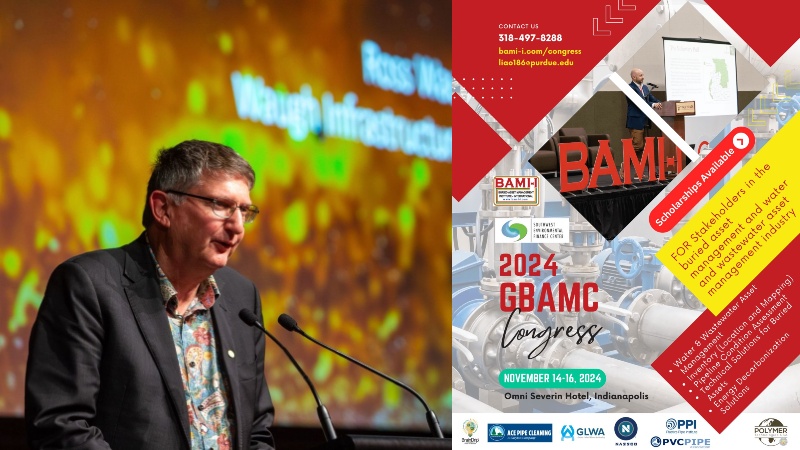
So much of the work in local government is about following legislation. Therefore, completing a task because we are told we must without questioning the intent behind the legislation.
But do you think this civil service approach always results in the best outcome for the Community?
I have recently been compiling old family history records and found that my great great grandfather, who immigrated from the United Kingdom to Canada and then to New Zealand in 1875, served on an early incarnation of the Invercargill Borough Council.
And why did he do this? Because he wanted to see, his community improve. He didn’t need legislation to tell him that they should take action to keep people safe, healthy and prosperous.
And yes, they were struggling with pioneering conditions as per the thank you letter to his widow that stated:
“the next generation of Councillors will be able to see and admire the stamp of man the pioneer Councillors was composed of who built this Borough up out of Bush Swamp and Wilderness” – Town Clerk, Corporation of South Invercargill
But we still face challenges now, such as, instead of converting unforgiving virgin land to productive land, we must learn how to balance productivity with preserving our natural environment.
Or we have to keep in mind that our drinking water may not always be as potable as desired, as the risk of backflow contaminants is much higher in our towns today than it was back in 1875.
And what guides our decision-making in our day-to-day jobs. Is it to simply comply with what we’ve been told to do?
Are we diligently complying with the steps of a procedure that has been written for us, or are we engaged with why we are completing a task?
And therefore, when an issue arises, or there is a lack of time, we know how to prioritise our work to ensure that those things that matter most are addressed first.
Waugh Infrastructure Management is hugely supportive of work, to document procedures and therefore helps to assist with preventing the loss of institutional knowledge as per the blog post, “Asset Management Case Study – Losing Institutional Knowledge.”
But the power of a truly effective procedure or training process lies in one that also conveys the why of the process.
Why does this matter, what problem are we trying to solve, and what risk are we trying to reduce?
If, at the close of the training or procedure, a staff member can answer the following questions, then hopefully, you are one step closer to having engaged, committed staff that can self-prioritise to where it matters most.
Can you successfully complete the following sentence?
- There is an existing problem with …..
- Which is caused by …..
- That has the potential to affect …..
- By undertaking (this procedure) …..
- The community will benefit by …..
- The risk of not undertaking is …..
This reminds me of the quote often used in change management from Antoine de Saint-Exupery.
“If you want to build a ship, don’t drum up the men to gather wood, divide the work and give orders. Instead, teach them to yearn for the vast and endless sea”
Antoine de Saint-Exupery
What are you doing to make yourself and your team yearn for the vast and endless sea, which is a safe, healthy and productive community?





